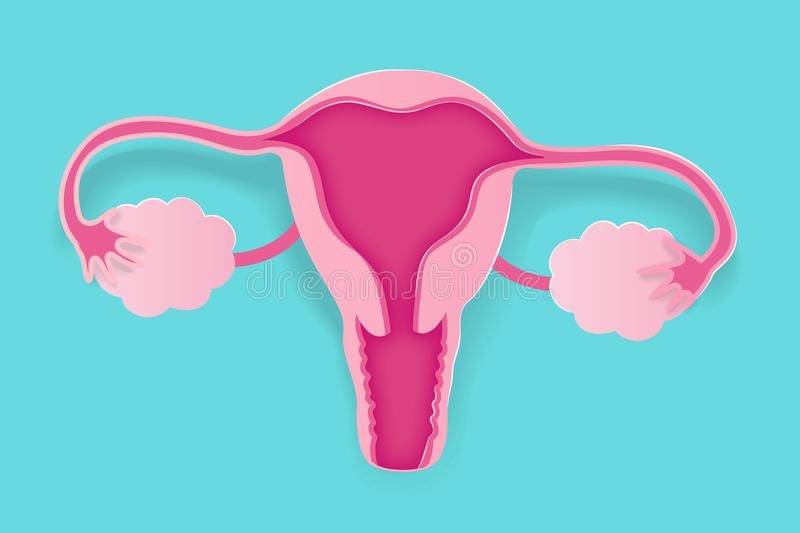5 Common Gynecological Conditions That Can Affect the Uterus

The uterus, also known as the womb, is the place where a baby grows when a woman is pregnant. There are certain health issues that can develop in the uterus and cause various complications. Some of these conditions are not extremely dangerous while others can require medical attention. In this article, we have gathered five common gynecological conditions that can affect the uterus.
1. Uterine fibroids
Uterine fibroids are non-cancerous tumors that develop on the uterine walls. Even though medical society is still uncertain about the actual cause of uterine fibroids, they discover the link between increased estrogen levels and uterine fibroids. The point is that women who have reached menopause often claim that the uterine fibroids shrink.
In many women, uterine fibroids don't cause any obvious symptoms. That's why they can be diagnosed with fibroids only during pelvic exams or ultrasound. In this case, fibroids can be left untreated. However, some women with fibroids experience the following symptoms:
- Pelvic pain
- Pelvic pressure
- Lower back pain
- Spotting (light vaginal bleeding)
- Pain during sex
- Fertility issues
If you have noticed at least some of the aforementioned symptoms, it is better to remove uterine fibroids.
2. Endometriosis
Endometriosis is a condition that occurs when the inner layer of the uterus (the endometrium) starts to grow outside of the uterus. Since the endometrial tissue can spread on the pelvic organs and attach them to each other, many women with endometriosis can experience pelvic pain and pain during sex. Other symptoms of endometriosis include:
- Heavy blood flow during periods
- Lower back pain
- Spotting
- Fertility issues
- Severe pain and cramps during periods
Unfortunately, there is no cure for endometriosis. However, you can benefit from various treatment options that can help ease your symptoms and improve your condition.
3. Adenomyosis
Adenomyosis is a condition that occurs when the endometrium grows inside the uterine walls. This condition can develop alone or in combination with endometriosis. Adenomyosis can cause the following symptoms:
- Heavy periods
- Prolonged periods
- Pain and cramping during periods
- Pelvic pain
- Pain during sex
As well as endometriosis, adenomyosis can't be cured completely. Pain medications and hormonal therapy can help manage some symptoms of adenomyosis. But a hysterectomy is the only way to cope with this condition.
4. Pelvic inflammatory disease
Pelvic inflammatory disease (PID) is a condition that occurs as a result of untreated vaginal infections like bacterial vaginosis, chlamydia, and gonorrhea. Due to the fact that chlamydia and gonorrhea are sexually transmitted, your partner or partners should also be examined and treated if needed. PID can manifest through:
- Pelvic pain
- Pain during sex
- Painful periods
- Spotting
- Abnormal vaginal discharge with an unpleasant odor
- Fever
Without timely and accurate treatment, pelvic inflammatory disease can lead to the development of scars and adhesions. This can result in infertility. That's why it is essential to undergo a gynecological exam right after the onset of the aforementioned symptoms.
5. Endometrial cancer
Endometrial cancer is a condition that occurs when the endometrial cells start to change and overgrow dramatically. The accumulation of these cells can form a tumor. The most common risk factors for endometrial cancer are age, family history, obesity, and some treatments. The most common symptoms of endometrial cancer include:
- Vaginal bleeding after menopause
- Spotting
- Pelvic pain
- Abnormal vaginal discharge with a strong smell
- Pain during sex
- Sudden weight loss
Due to the fact that endometrial cancer usually causes vaginal bleeding in the early stages, it is not so difficult to determine it, especially if you visit your gynecologist on a regular basis. Treatment for endometrial cancer can include surgery, radiation therapy, chemotherapy, hormone therapy, immunotherapy, and supportive care.
Post a comment